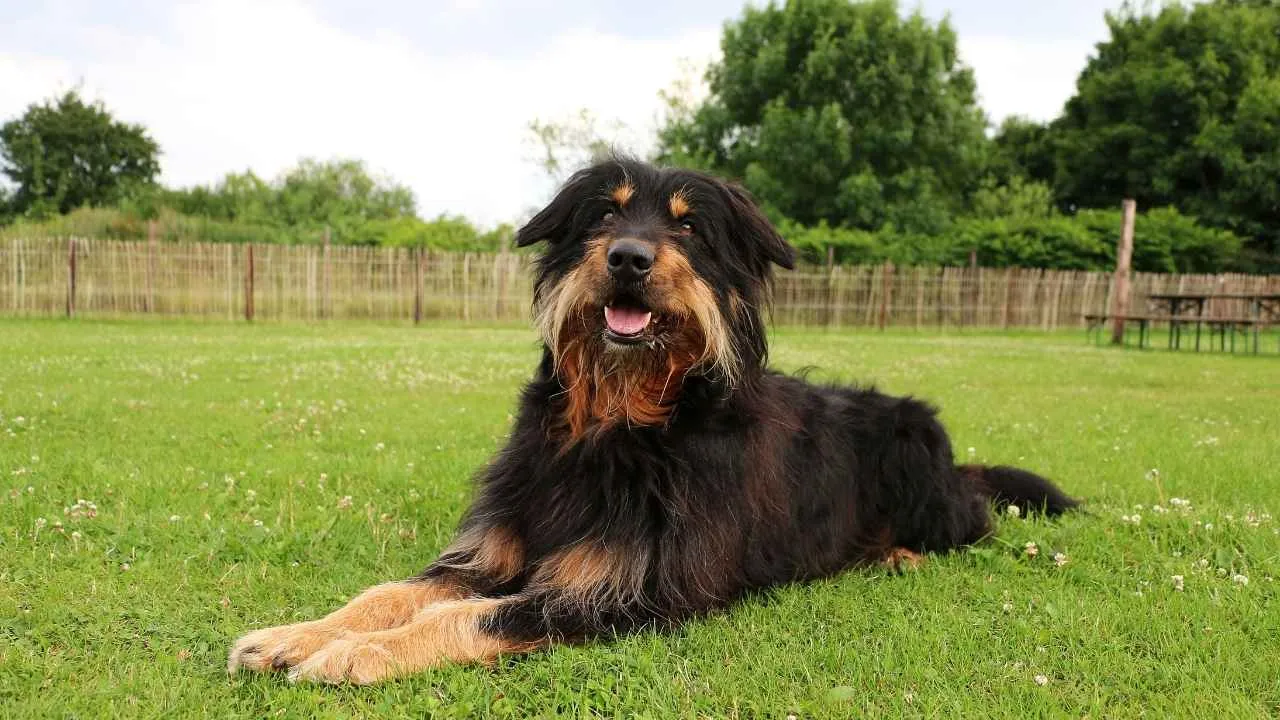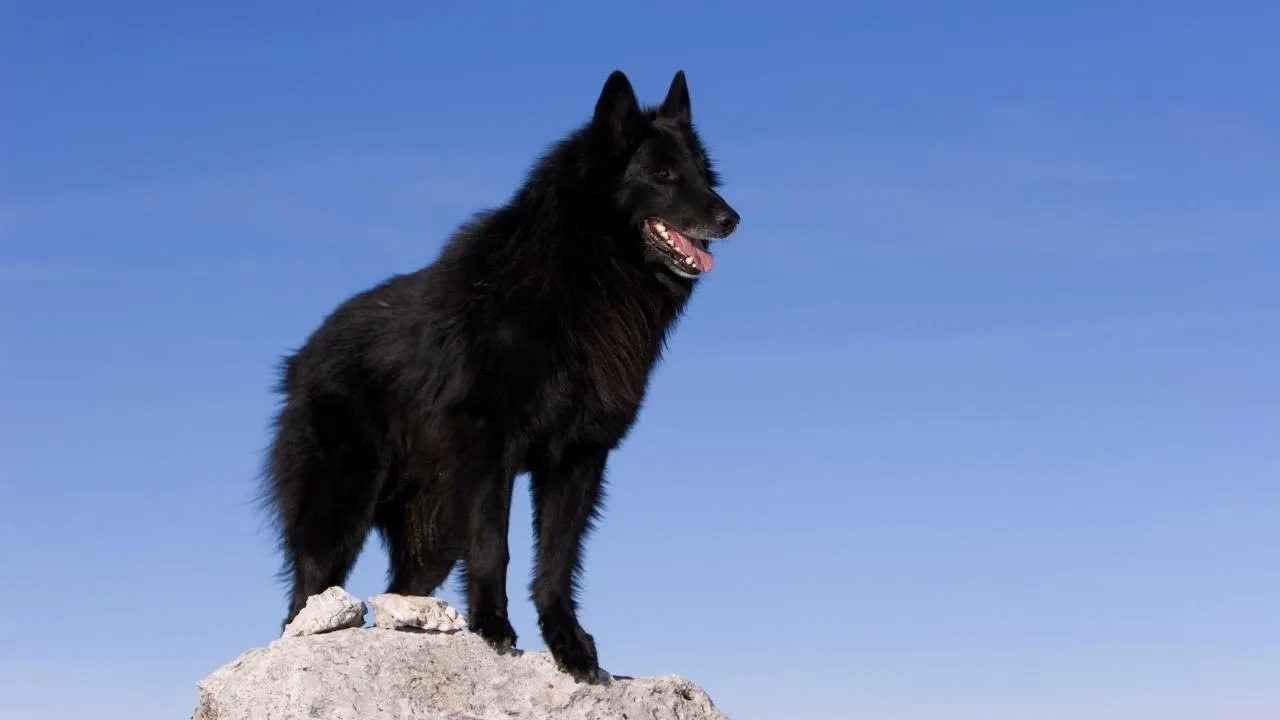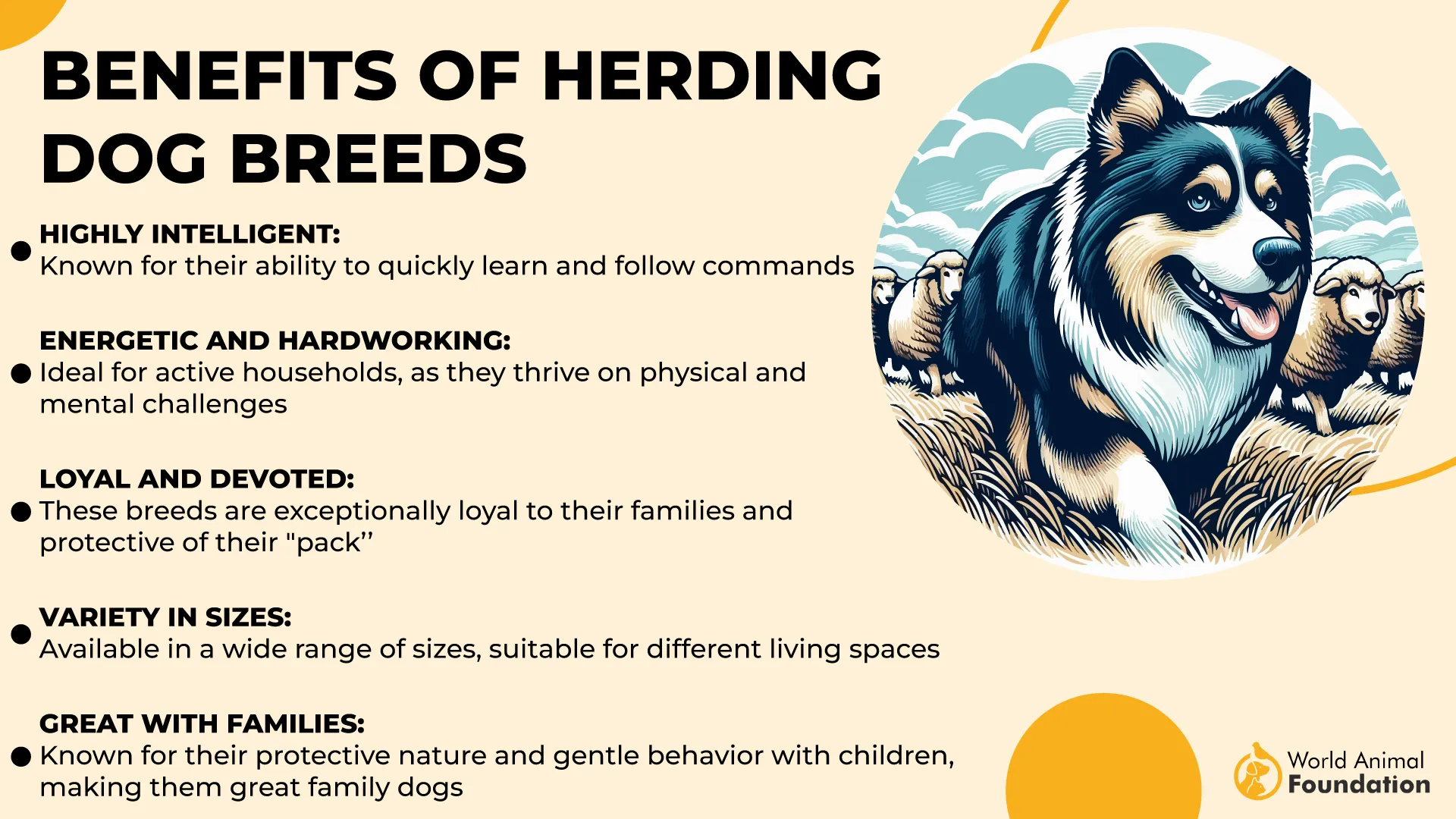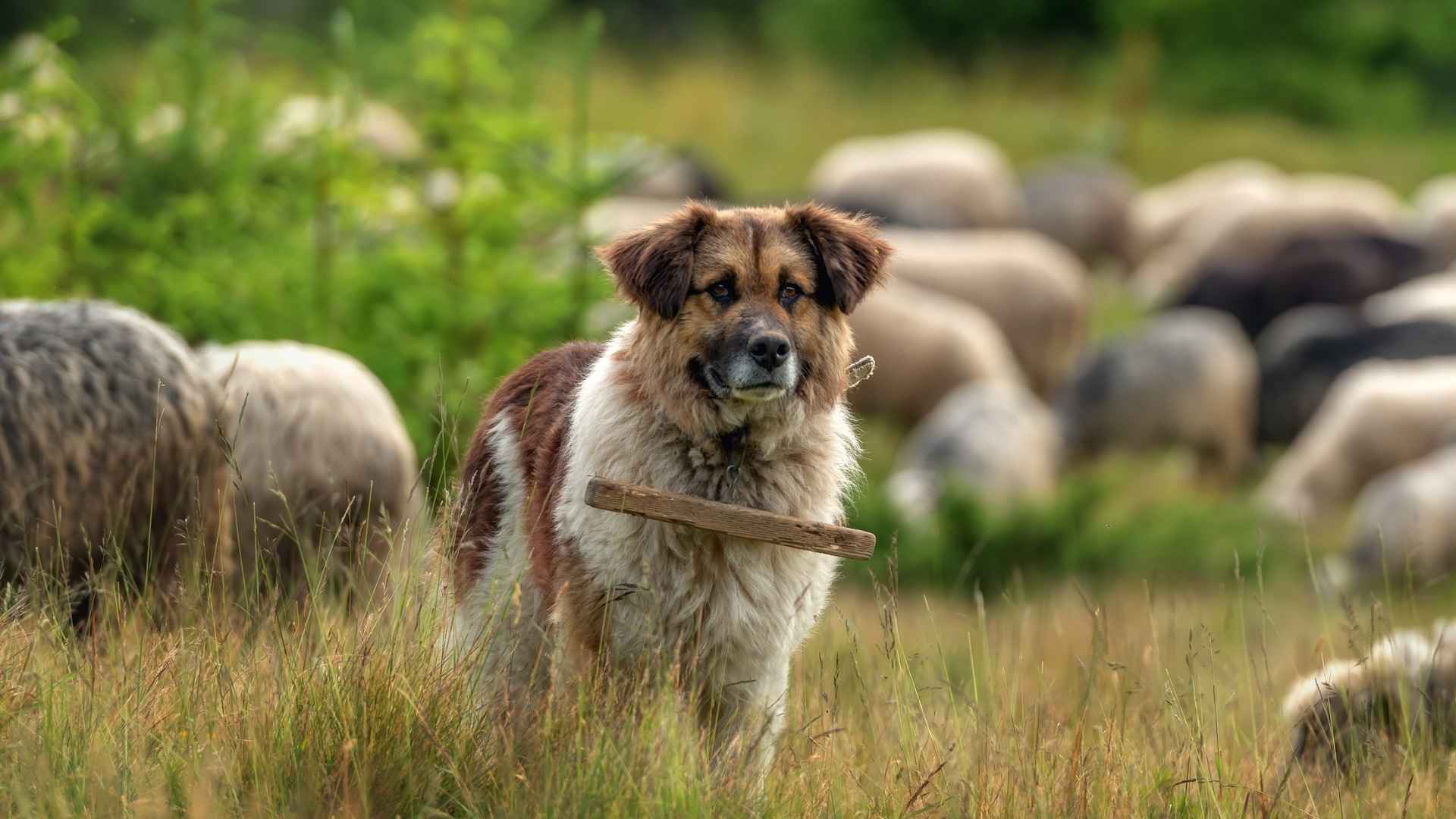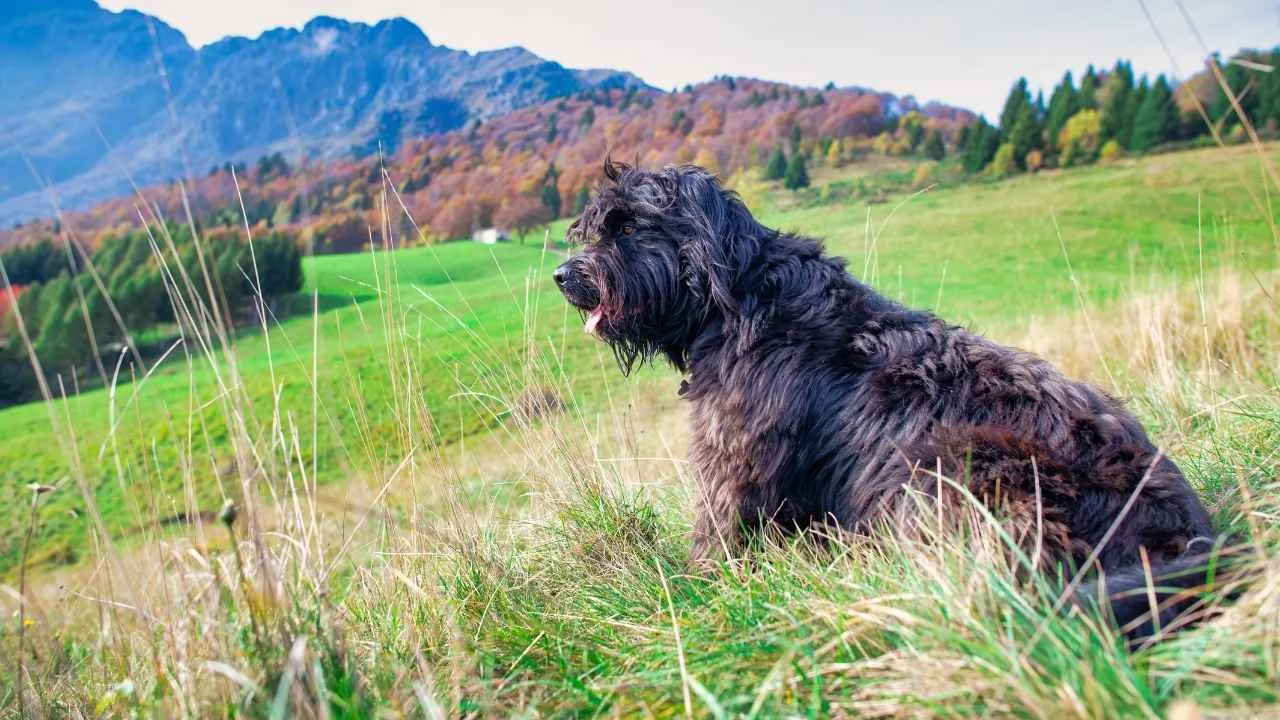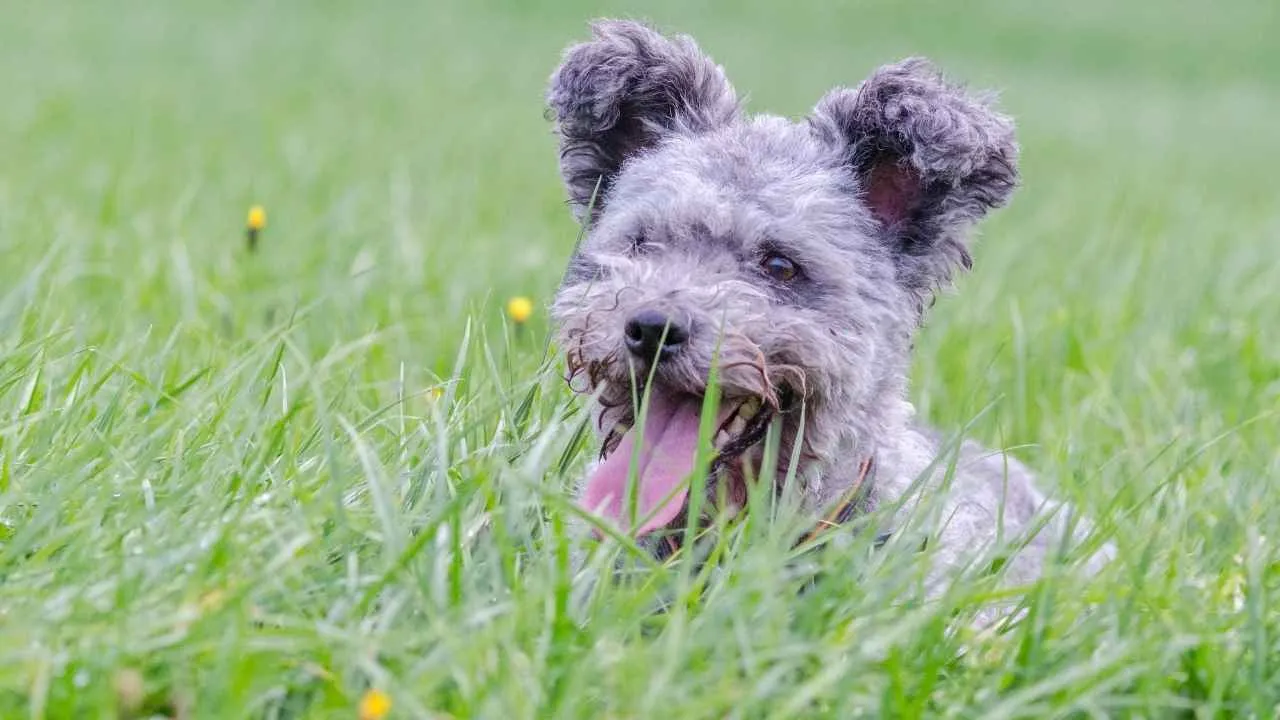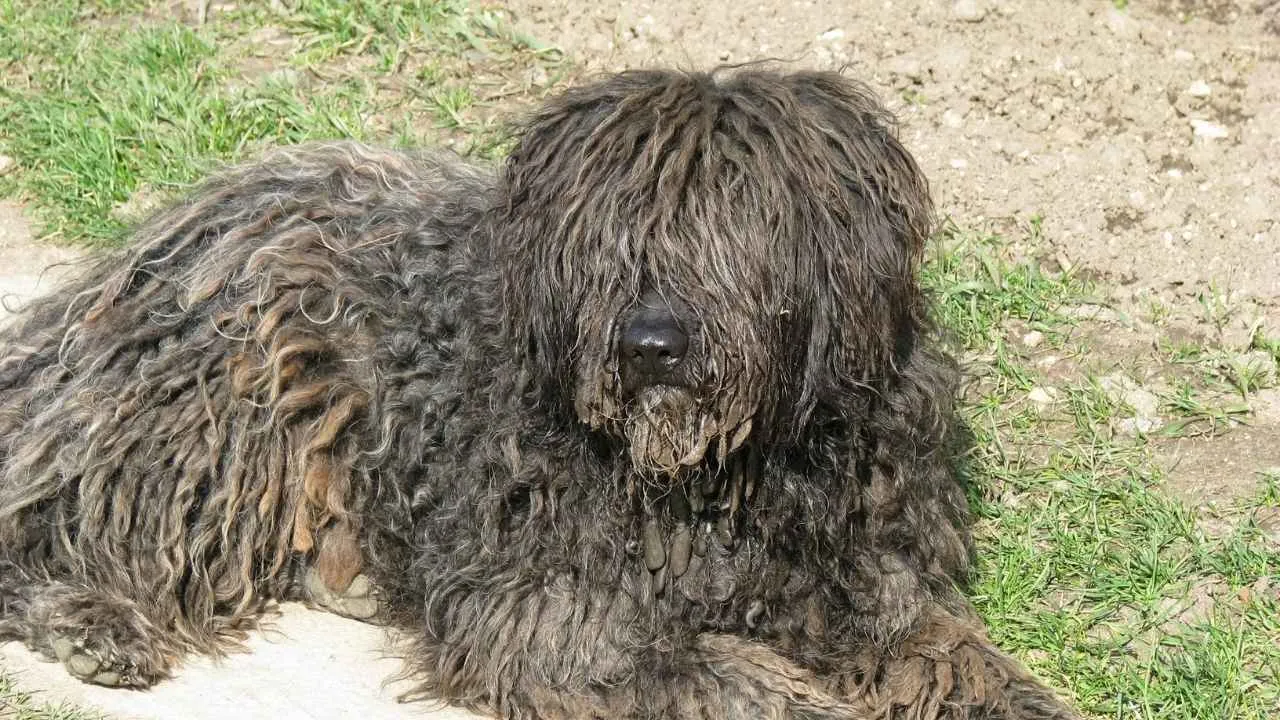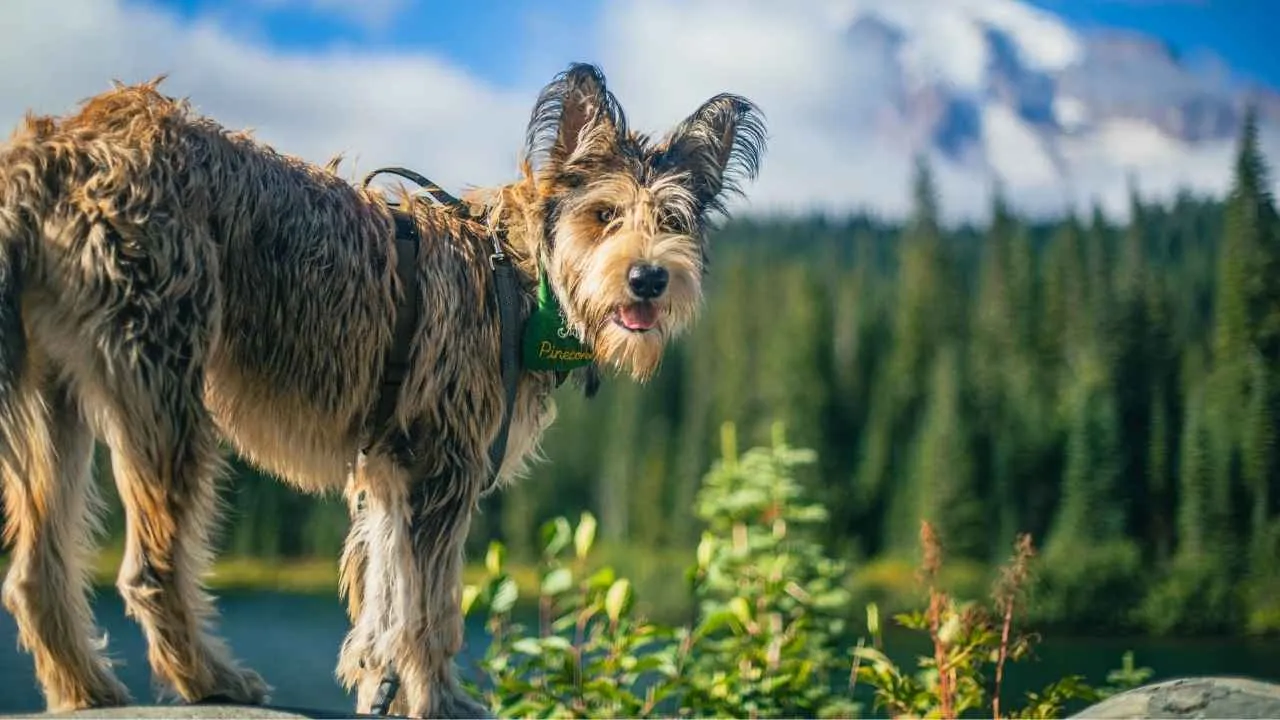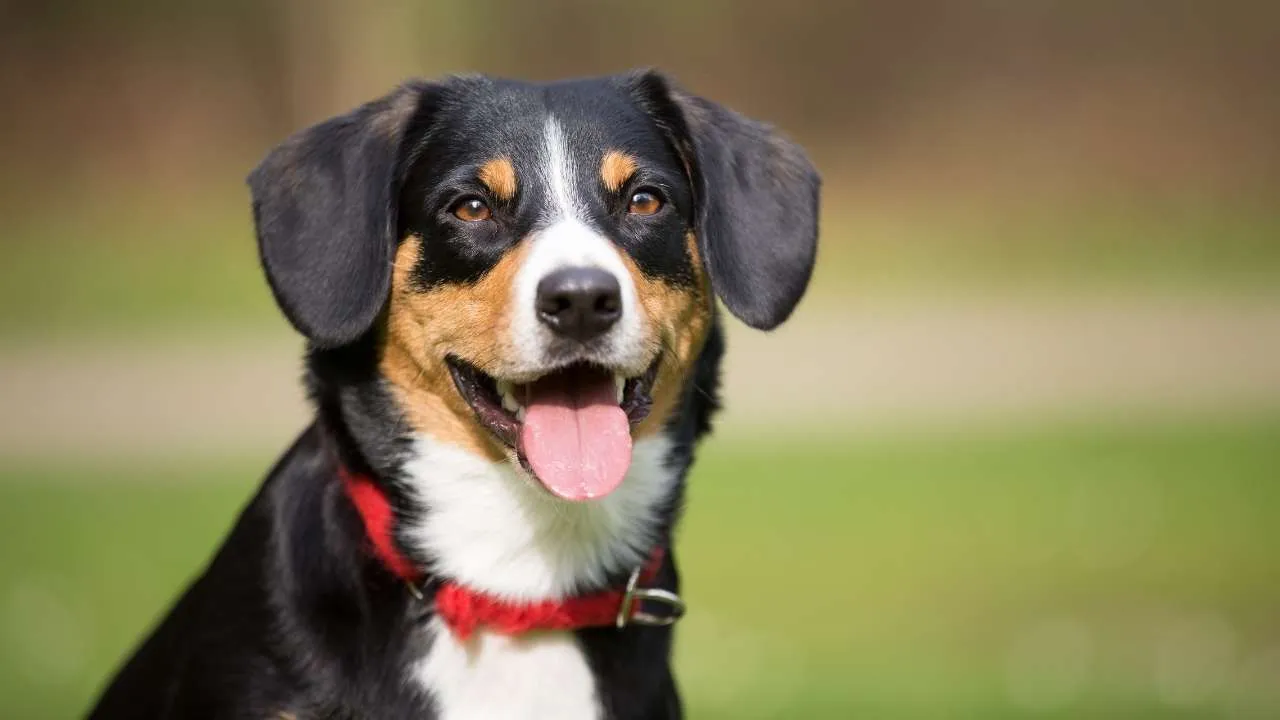WorldAnimalFoundation.org is reader-supported. When you buy through links on our site, we may earn an affiliate commission. Learn More
When it comes to brains, boldness, and a bit of a stubborn streak, herding dogs often steal the spotlight. Originally bred to guide and guard livestock, these breeds aren’t just athletic and agile, they’re also fiercely intelligent and, at times, impressively self-reliant. Herding breeds have a long history of working with minimal supervision, capable of reacting swiftly to hand signals or whistles, all while surveying vast landscapes with confident precision.
But not all herding dogs are eager lap companions. Some are known for their independent spirit, happily making their own decisions on the job and off. These breeds are incredibly capable, thriving when given a task and room to think for themselves. They form strong bonds with their people, yet don’t mind a little solo time now and then.
Whether you’re looking for a working partner with grit or a four-legged friend who values autonomy, independent herding dogs offer a fascinating blend of loyalty, intelligence, and self-direction. Let’s take a closer look at some standout breeds that embody this spirited combination.
Independent Herding Dog Breeds
1. Briard
The Briard, often called a “heart wrapped in fur,” combines fierce loyalty with rugged elegance. Originating from France, this breed stands out for its muscular build and graceful movement, making it as functional as it is striking.
With a naturally parted, wavy coat in shades of gray, black, or tawny, the Briard’s appearance is enhanced by expressive eyebrows and a flowing beard. This breed is intelligent, confident, and faithful, as per the AKC, traits that serve it well in both herding and companionship roles.
What makes the Briard particularly distinct is its dual nature: affectionate and playful with family, yet discerning and independent in its work. These dogs are capable of thinking on their own, a hallmark of seasoned herders who once managed hundreds of sheep with minimal guidance.
Briards have a strong guardian instinct, especially around children, whom they may view as their personal flock. They form deep bonds with their people but don’t crave constant attention, making them ideal for those who appreciate a self-reliant companion.
Their independence doesn’t make them aloof, Briards are known to be affectionate and protective. However, first-time dog owners might find their energy and strong will a bit overwhelming without proper training and socialization.
Though naturally robust, Briards benefit from health screenings, particularly for hip dysplasia and hereditary eye conditions like congenital stationary night blindness. A proactive approach ensures these intelligent dogs thrive in both mental stimulation and physical health..
2. Belgian Sheepdog
The Belgian Sheepdog, also known as the Groenendael, is a striking black-coated herder with brains, bravery, and a strong independent streak. Hailing from 19th-century Belgium, this breed was developed alongside its close cousins, the Malinois, Tervuren, and Laekenois, for both herding and guarding livestock.
With their elegant double coat and alert posture, Belgian Sheepdogs are natural protectors. They played vital roles in both World Wars, serving as message carriers, Red Cross assistants, and sentries. Today, their versatility extends to police work, service roles, and competitive dog sports.
Though deeply loyal, these dogs aren’t clingy; this livestock guardian dog like to stay close but are just as comfortable working alone. That self-reliance makes them superb herding dogs and confident workers in challenging environments.
Standing up to 26 inches tall, these athletic canines have a strong build and intense focus. They often inherit herding instincts, which means they may attempt to “round up” children, pets, other animals, or even houseguests without proper training.
These farm dogs thrive under firm, experienced handlers who use positive reinforcement. Their sharp intellect and energetic nature demand both mental and physical outlets to stay happy and well-mannered.
Their roles today range from guide dogs to search-and-rescue professionals, as per PetMD, proving that independence and loyalty can absolutely go paw in paw.
3. Bergamasco Sheepdog
The Bergamasco Sheepdog is perhaps best known for its unmistakable mop-like coat, but there’s a lot more than meets the eye. Originally from the Italian Alps, this ancient herding breed was built for harsh conditions and independence in the field.
Under the distinctive “flocks” of felted hair, formed by a mix of three hair types, is a sturdy, muscular dog with impressive endurance. These flocks not only shield them from extreme cold but also offer protection from predators, showcasing the breed’s hard-working heritage.
Bright, affectionate, and self-reliant, the Bergamasco is wired for both companionship and responsibility. They form strong bonds with their humans but prefer to assess new people from a distance before warming up.
Although eager to please, these dogs carry a streak of mountain-dog independence. Training requires consistency and patience, with a healthy serving of positive reinforcement to keep things interesting.
Social and serene at home, Bergamascos tend to get along well with kids and other pets. They maintain a calm demeanor, stepping into protector mode only when truly necessary.
Historians debate whether this breed descended from the French Briard or the other way around, but what’s certain is that the Bergamasco’s lineage is steeped in centuries of Alpine shepherding wisdom and solitary work ethic.
4. Pumi
The Pumi, a spirited herding breed from Hungary, blends sass and smarts in a curly-coated package. According to WebMD, these agile dogs were bred to round up sheep and herd cattle across narrow pastures, making them natural multitaskers with energy to spare.
With their compact, square-shaped frames and expressive faces, Pumik are easy to spot. Males typically stand 16–18.5 inches tall and weigh around 27–29 pounds, while females are slightly smaller. Their springy step and alert posture showcase a dog always ready to spring into action, or onto your lap for a cuddle.
Physically, these agile herding dogs boast tight, cat-like paws, tapered muzzles, and perky ears that stand two-thirds erect. One signature feature? That curled-over tail arching into a full loop, like punctuation on a lively personality.
Their coats are a unique blend of harsh and soft hair, creating a tousled texture that forms corkscrew curls across their body. Shades range from black and gray to silver-gray and fawn, never smooth, always fluffy.
Beneath the curls lies a bold temperament. Pumik are confident and courageous, capable of taking charge without hesitation. They’re vocal communicators, quick to alert, and even quicker to learn with the right guidance.
Originally considered a regional variant of the Puli, the Pumi didn’t receive distinct breed recognition until the 20th century. Today, they stand proudly as independent workers with centuries of Hungarian herding heritage under their paws.
5. Puli
With its unmistakable mop-like cords and springy step, the Puli is one of Hungary’s most distinctive herding breeds. This breed was originally developed to herd livestock and guard flocks across the Hungarian plains, a job it still approaches with unshakable devotion and natural agility.
Pulik (that’s the plural) are compact but powerful, brimming with energy and sharp intelligence. These dogs thrive on mental stimulation and daily activity. Without it, they’ll find their own way to pass the time, often through barking or mischievous antics. A solid hour of movement and problem-solving is ideal to keep them content.
Despite their high-energy temperament, Pulik have a strong sense of loyalty. While they can be wary of strangers, they form tight bonds with their families and tend to be especially watchful over children, though they might occasionally attempt to herd them.
These family pets have an iconic coat that doesn’t shed, but it demands daily maintenance to prevent matting and tangles. Each cord forms naturally but needs attention, especially in hot climates or after a swim, when the heavy coat can weigh them down.
Feeding routines should be consistent. These guard dogs need multiple meals a day to maintain stable blood sugar, while adults do well on two measured portions, ideally tailored to their size and energy output.
This stubborn breed is not only a quick thinker but also a quick mover. Their agile, bounding gait and clever instincts are what once made them prized by Hungarian shepherds, and still make them stand out in the herding group today.
6. Berger Picard
The Berger Picard (pronounced “bare-ZHAY pee-CARR”) is as rugged and charismatic as its name suggests. This French herding breed has been charming farmers and now dog lovers for centuries with its scruffy good looks and fiercely independent spirit.
Standing up to 25.5 inches tall and weighing as much as 75 pounds, Picards are medium-to-large dogs built for action. Their hallmark feature is a short, wiry coat in shades of brindle or fawn, offering a weatherproof shield for outdoor work. This rustic coat requires minimal grooming, a bonus for busy owners.
Originally bred to herd sheep in northern France, the Berger Picard is sturdy, athletic, and clever. They are known to thrive in agility, herding, and rally competitions, using their quick wits and boundless energy to excel.
Picards are alert and expressive, often described as having a mischievous glint in their eyes. While affectionate with their families, they’re also famously headstrong, meaning early obedience training and a patient handler are essential.
These dogs have a reputation for both loyalty and autonomy. They’ll follow their own lead when needed, but are more than happy to team up with an owner who respects their working instincts.
Fun fact: During wartime, Berger Picards were said to smuggle goods across borders using hidden pouches in their coats, proof that brains and bravery run deep in this breed.
7. Entlebucher Mountain Dog
The Entlebucher Mountain Dog may be the smallest of the Swiss mountain dogs, but don’t let that fool you, this compact powerhouse is packed with grit, agility, and attitude. Known affectionately as the “laughing dog” of the Alps, their spirited personality and bold markings make them unforgettable.
Bred in Switzerland’s Entlebuch Valley, these dogs were developed to drive cattle across rugged alpine slopes. Their low-set, muscular build isn’t just for show, it allows them to expertly nip at cow heels while dodging a swift kick from a hoofed beast nearly 30 times their size.
Their working style is anything but passive. These cattle-herding dogs are famous for their full-contact enthusiasm, sometimes launching themselves into wayward livestock to get the job done. They’re agile, determined, and tireless, often moving with more spring than a mountain goat.
This breed thrives on structure and purpose. Without it, their energy can become overwhelming for the average pet owner. They crave daily activity and mental challenges, ideally with an experienced handler who understands their need for a job.
This active dog breed bonds closely with their owner; it becomes a great family dog and often doubles as a vigilant watchdog. Their loyalty runs deep, but their independence is unmistakable; they were born to work solo in the hills.
They’re not just herders, they’re the Swiss Army knives of the dog world: versatile, driven, and always ready for action.
Conclusion
While most herding dog breeds are known for their loyalty and eagerness to please, some take pride in working independently, relying on their sharp instincts and confident judgment. These intelligent and athletic sheep herding dogs aren’t just your average sidekicks; they’re natural leaders who were bred to manage flocks without constant human direction. From the shaggy-coated Bergamasco to the agile Pumi and tenacious Entlebucher Mountain Dog, these independent thinkers know how to get the job done solo.
Of course, independence doesn’t mean they lack affection or loyalty; it simply means they appreciate autonomy, especially when it comes to herding livestock or exploring the dog park with a sense of purpose. Some, like the Polish Lowland Sheepdog and Bearded Collies, combine both affection and rugged charm, while others, like the Belgian Sheepdog and German Shepherd, also bring independence.
Beyond those profiled in this article, a few breeds also deserve an honorable mention: Australian Cattle Dogs, Australian Shepherds, Border Collies, and both the Pembroke Welsh Corgi and Cardigan Welsh Corgi varieties, all widely recognized for their unique traits. Let’s not forget the graceful Rough Collie, or even the smart Welsh Corgi, once dubbed the national dog of Wales. Whether you’re looking for a vigilant shepherd dog or a solo-working companion who gets along well with other dogs, the independent herding group has a personality for every purpose.
